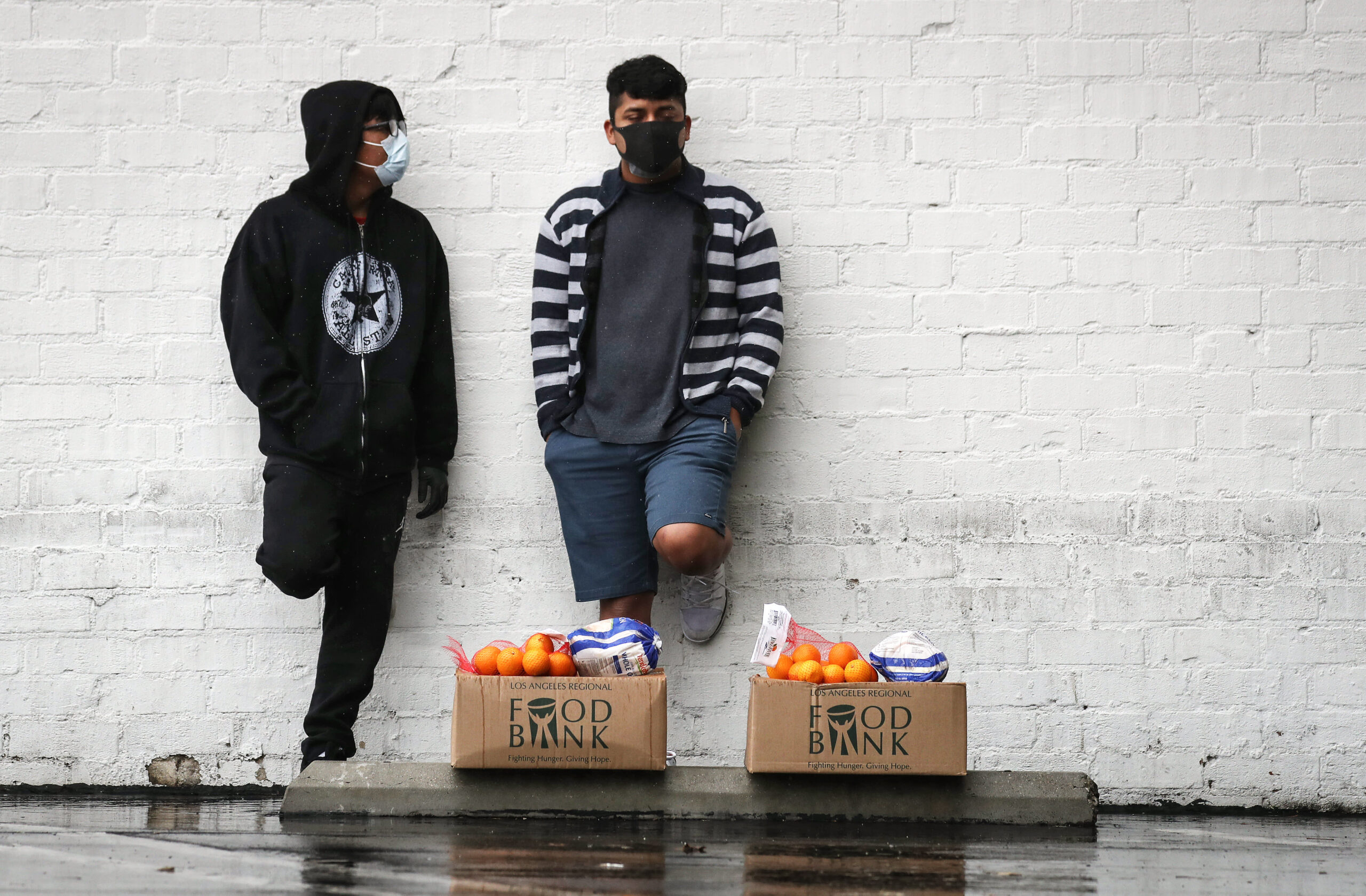Food Deserts Aren’t What’s Causing Hunger in the U.S. — It’s Wages, Inequality and Inflation

About 33.8 million Americans didn’t have adequate access to food, according to the latest report from the U.S. Department of Agriculture. That’s 13.5 million, or 10.2% of all U.S. households in 2021.
“Food inflation, as we’ve seen during the pandemic, has gone up, driven in large part by supply chain disruptions and shortages of food supply during the pandemic,” according to Erika Thiem, chief supply chain officer at the nonprofit Feeding America.
It’s worse for those with lower incomes. In 2021, the bottom 20% of households with the lowest income spent 30.6% of what they made on food, compared with just 7.6% for families in the highest income quintile.
“Issues of affordability and equity are the two driving forces across the United States. You can be working, yet you still need help,” said Catherine D’Amato, CEO of the Greater Boston Food Bank. “The wages are not carrying Americans far enough.”
Food deserts, where access to affordable and healthy foods is limited, have also been widely blamed as a major cause of hunger in the U.S. The USDA estimates about 53.6 million people, or 17.4% of the population in the U.S., live in areas considered low income and low access, meaning the nearest supermarket is more than a half mile or 10 miles away.
But experts argue that access isn’t the issue.
“All of us in the food insecurity space know that they’re completely irrelevant,” said Craig Gundersen, an economics professor at Baylor University, referring to food deserts. He continued, “it’s food prices that matter, not food access.”
A 2018 study from the National Bureau of Economic Research concluded that exposing low-income households to the same products and prices as high-income households had no meaningful effects on eating habits.
“I think part of this is how problems compound problems,” according to Stacy Dean, deputy under secretary at the USDA. “If you are someone who’s living in poverty and has a very low income, you might be living in a neighborhood that doesn’t have great access to high-quality grocery stores. So, they are a little bit mutually reinforcing. But to me, it’s the economics and the income that are the biggest drivers.”
By Juhohn Lee, CNBC
